
Edutainment
18 Sep 2020

Edutainment comes from the words "education" and "entertainment." It refers to any form of entertainment that is educational. Edutainment startup aims to make the learning process smooth by engaging students and young learners mostly aged 15 and below with fun and memorable experiences through smartphones and other internet-connected devices, virtual reality-powered tools and other gamified digital learning content.
Mumbai-based Ontamo Entertainment has developed Ria Rabbit, an animated cartoon from Pashu Nagari, India, for kids in the age group of 0-6. It is India’s first age-appropriate, culturally relevant home-grown intellectual property (IP) content for children. Their storytelling animated videos, audios and picture books engage the attention of kids while building the sense of Indian values which parents would want to inculcate in them through these characters.
Another startup, SP RoboticsWorks has developed a platform wherein concepts are taught using animation videos and real-world examples. It has established more than 83 dedicated centers across India called SP Robotics Maker Labs which offers courses in Robotics, Internet of Things (IOT), Image Processing, Virtual Reality (VR) and more, both in the online and offline Smart-Class mode.
Similarly, Paper Boat Apps Pvt Ltd has launched Kiddopia, a subscription-based pre-school edutainment app, which teaches a variety of skills to kids. It covers everything from Math, Language Skills, GK and Social Skills to Creativity and Self-expression by engaging kids with its visuals as well as fun and exciting gameplay.
Similarly, Panda & Wolf Holding created a mobile-gaming app Eco-warrior for children between the age of 6 - 11. It uses game-based learning to teach children about waste sorting and recycling. Through an engaging storyline and immersive stages, the app informs young users about issues plaguing the environment like deforestation, waste pollution and overconsumption.
Mumbai-based startup Shirsa Media Labs offers an app NewsPIK which is a digital newspaper for children. The Shirsa team creates news articles, events, quizzes and other information, so children are aware of the world around them. It stimulates young minds and keeps them informed.
In this pandemic situation where education has gone online, startups are combining the concepts of education and entertainment to offer children interactive learning experience.
Popular Articles
Guide to Getting Agriculture Loan: Application, Eligibility & Required Documents
Related Articles


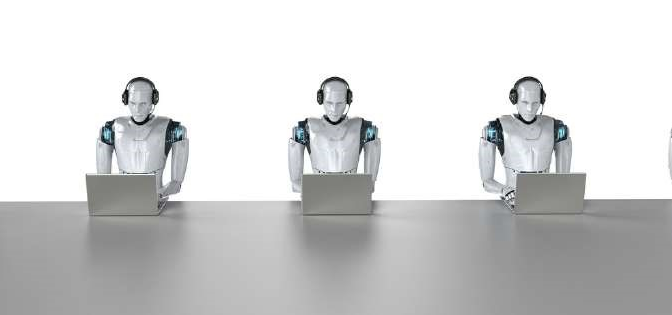
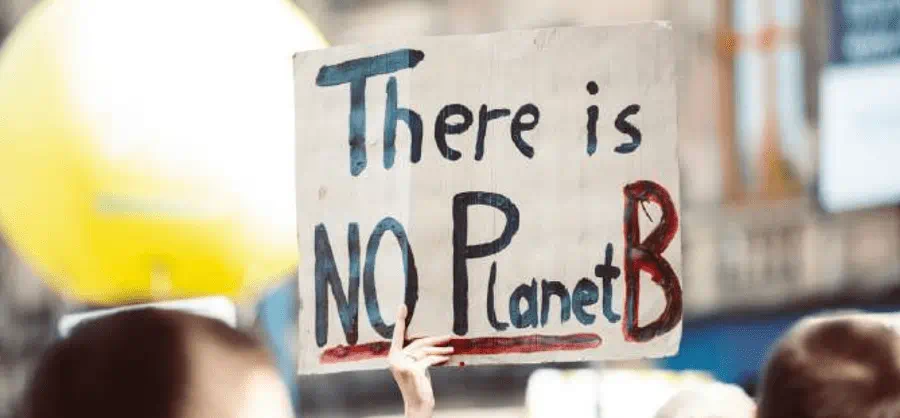

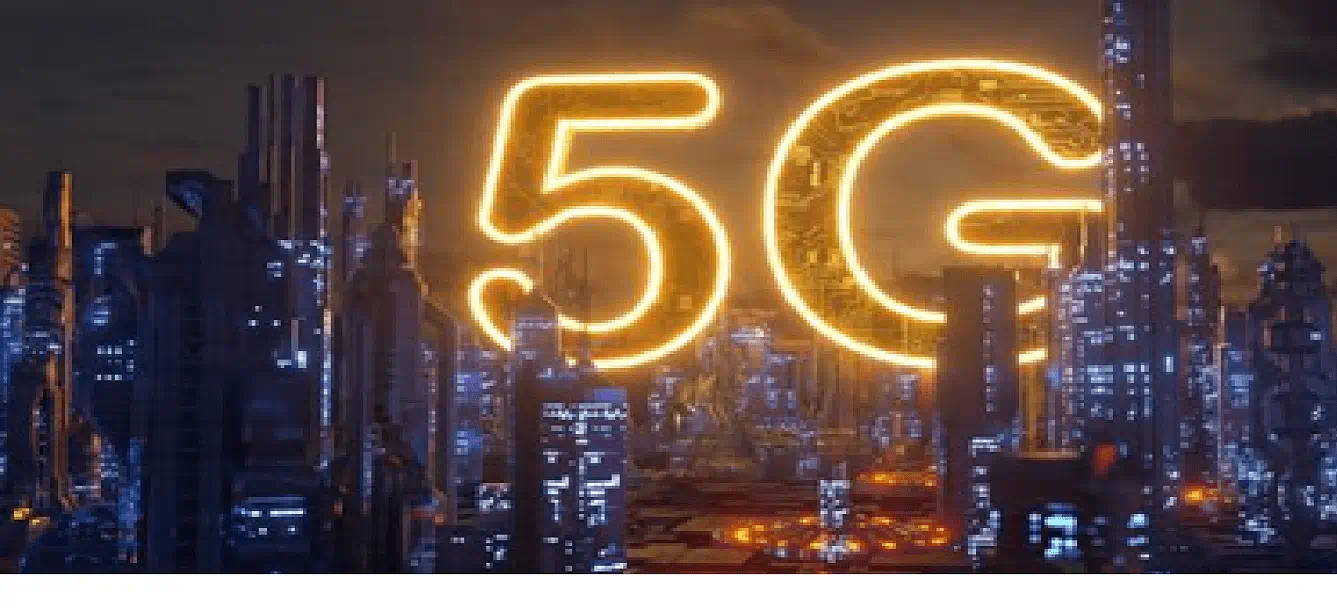
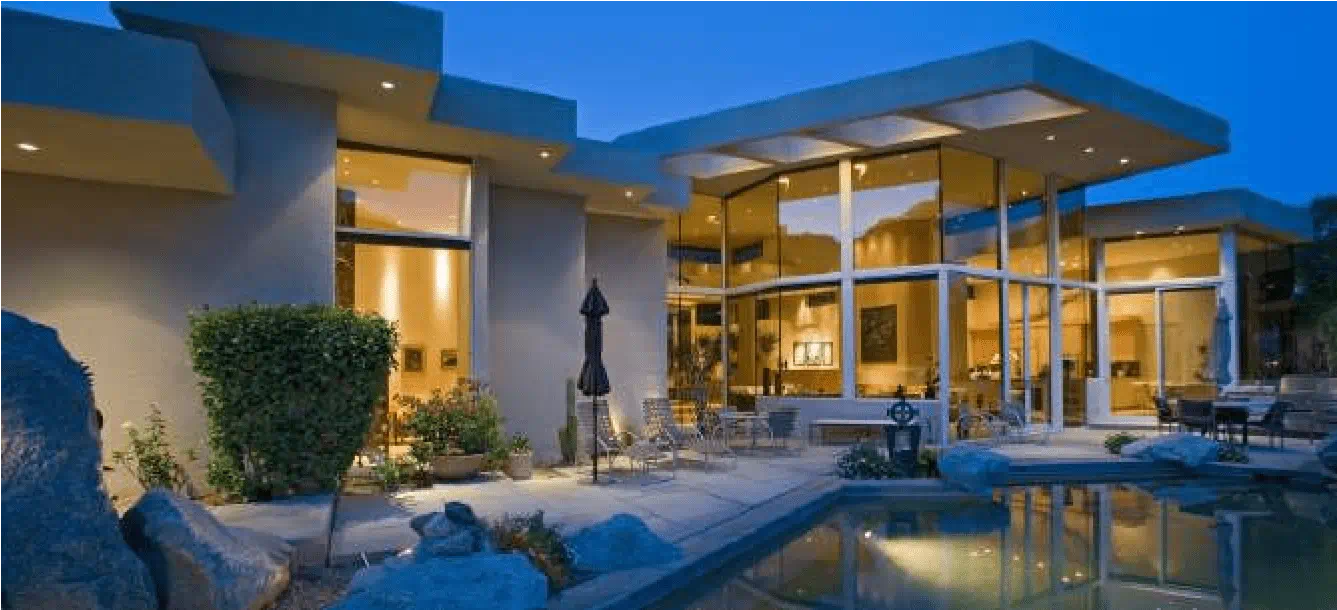

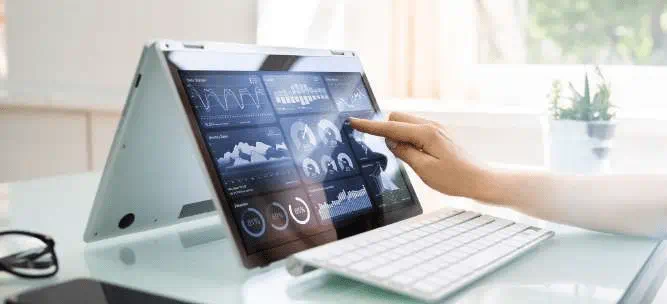
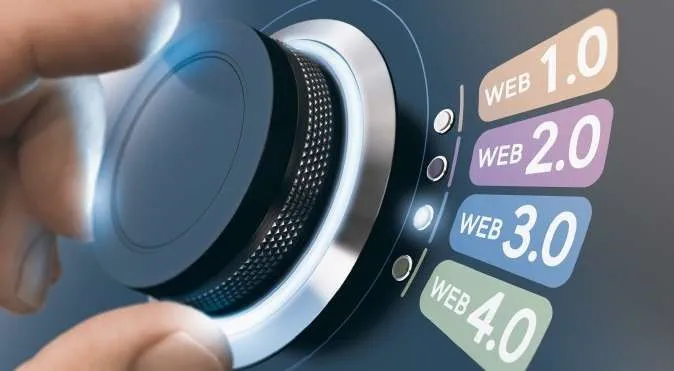
-
Disclaimer
The contents of this article/infographic/picture/video are meant solely for information purposes and do not necessarily reflect the views of Bank of Baroda. The contents are generic in nature and for informational purposes only. It is not a substitute for specific advice in your own circumstances. Bank of Baroda and/ or its Affiliates and its subsidiaries make no representation as to the accuracy; completeness or reliability of any information contained herein or otherwise provided and hereby disclaim any liability with regard to the same. The information is subject to updation, completion, revision, verification and amendment and the same may change materially. The information is not intended for distribution or use by any person in any jurisdiction where such distribution or use would be contrary to law or regulation or would subject Bank of Baroda or its affiliates to any licensing or registration requirements. Bank of Baroda shall not be responsible for any direct/indirect loss or liability incurred by the reader for taking any financial decisions based on the contents and information mentioned. Please consult your financial advisor before making any financial decision.
Disaster Management
Dear Reader,
We are living in the midst of a revolution. Supervised learning, a branch of Machine learning allows engineers to develop models that can train themselves. In turn, these models are helping solve crisis management problems before disaster strikes.
Technologists have long modeled data to harness machine learning for disaster relief. After the Chernobyl crisis, scientists analyzed satellite imagery and weather data to track the flow of radiation from the reactor. Today’s algorithms far outpace their predecessors in analytic and predictive powers. Machine learning models are able to deliver more granular predictions. NASA has developed the Landslide Hazard Assessment for Situational Awareness (LHASA) Model. Data from the Global Precipitation Measurement (GPM) is fed into LHASA in three-hour intervals. If a landslide-prone area is experiencing heavy rain, LHASA then issues a warning. Analysts then channel that information to the appropriate agencies, providing near-real-time risk assessments.
Roofing material is a major risk factor in resilience to natural disasters. So, a model that can predict it is also one that can predict which buildings are most at risk during an emergency. In Guatemala, models are identifying “soft-story” buildings–those most likely to collapse during an earthquake. “Forecast funding” can mitigate damage by providing the most vulnerable with cash assistance to prepare for disaster. Bangladesh and Nepal are nations that are already implementing this strategy.
Natural disasters, such as earthquakes, hurricanes and floods affect large areas and millions of people, but responding to such disasters is a massive logistical challenge. Crisis responders, including governments, NGOs, and UN organizations, need fast access to comprehensive and accurate assessments in the aftermath of disasters to plan how best to allocate limited resources. To help mitigate the impact of such disasters, Google in partnership with the United Nations World Food Program (WFP) Innovation Accelerator has created "Building Damage Detection in Satellite Imagery Using Convolutional Neural Networks", which details a machine learning (ML) approach to automatically process satellite data to generate building damage assessments. As per Google this work has the potential to drastically reduce the time and effort required for crisis workers to produce damage assessment reports. In turn, this would reduce the turnaround times needed to deliver timely disaster aid to the most severely affected areas, while increasing the overall coverage of such critical services. The World Food Programme was awarded the 2020 Nobel Peace Prize and they thanked Google and its team of engineers in pioneering the development of artificial intelligence to revolutionise humanitarian operations.
The application of machine learning techniques to satellite imagery is revolutionizing disaster relief. Crisis maps and image comparisons are helping relief organizations to deliver aid with precision.
Credits : Akhil Handa Prithwijit Ghosh
Floating Farms
Dear Reader,
Tap a button on your phone and hop into the shower; walk downstairs 15 minutes later, and you have a fresh pot of coffee waiting for you. This is no longer just a fantasy for many people. The rise of the internet of things has allowed us to control remote appliances with just a tap of the touchscreen. Until now, the scale of these processes has largely been limited to personal devices: anything from brewing a pot of coffee to warming up your car on a frosty morning. But what if we could grow food for thousands of people, with that same tap of a button with “Smart Floating Farms”.
Forward Thinking Architecture a Barcelona based firm’s design comprises a multi-level agricultural farm that can be constructed, pushed out to sea, and left to work mostly on its own. The farm is designed to operate on three levels: a bottom level containing wave barriers, an aquaculture fish farm, a slaughterhouse, a packing facility and desalination plant; a second tier for hydroponic and aeroponic food production; and a rooftop level having skylights to let in light and photovoltaics to provide the energy required to power everything.
Each level is roughly 750,000 square feet – with enough room to grow up to 8.1 tons of vegetables and 1.7 tons of fish per year. The architects estimate that this would cover the project’s expenses within 10 years. And since the farms are modular, a few or many of these structures could be grouped together to provide enough food for entire communities, especially those located in areas without arable land, or with a population so large it overwhelms its food supply capabilities. And unlike other forward-thinking agricultural techniques like urban farming, it spares valuable land space for alternate uses.
The world population is predicted to grow from 6.9 billion in 2010 to 8.3 billion in 2030 and to 9.1 billion in 2050. By 2030, food demand is predicted to increase by 50% (70% by 2050). The main challenge facing the agricultural sector is not so much growing 70% more food in 40 years, but making 70% more food available on the plate. To meet this ever growing demand, new agricultural techniques must be developed.
Floating Farms envisage making the farming process autonomous, placing the structures on top of the water allows the farms to adapt to rising sea levels and avoid flooding issues common to traditional agricultural techniques. While this strategy may seem outlandish, it actually has a long and successful pedigree, having been employed for centuries by Bengali farmers as a response to dramatic changes in water level during flood seasons. The farmers construct beds in lakes and rivers using several layers of bamboo and water hyacinth, fill them with semi-decomposed aquatic plants and then seed. The beds are tethered to the lakebed to prevent them from floating away. As a result production rates have increased manifold compared to existing land-based practices.
However, the true innovation of the Smart Floating Farms project is in taking non-traditional farming techniques and combining them with already-existing technologies. Jan Willem van der Schans, a senior researcher at Wageningen Economic Research who specialises in urban farming and circular economy issues, said such floating farms could be the future for sectors of agriculture such as fruit and vegetables in parts of the world.
As the architects acknowledge in their design statement, the project “is not meant to solve all of humanity’s hunger problems or to replace existing traditional agriculture.” One project alone will not save the world, but embracing the technologies available to us is a great start towards tackling these issues. If only it were as easy as the touch of a button.
Credits : Akhil Handa ClintJames

